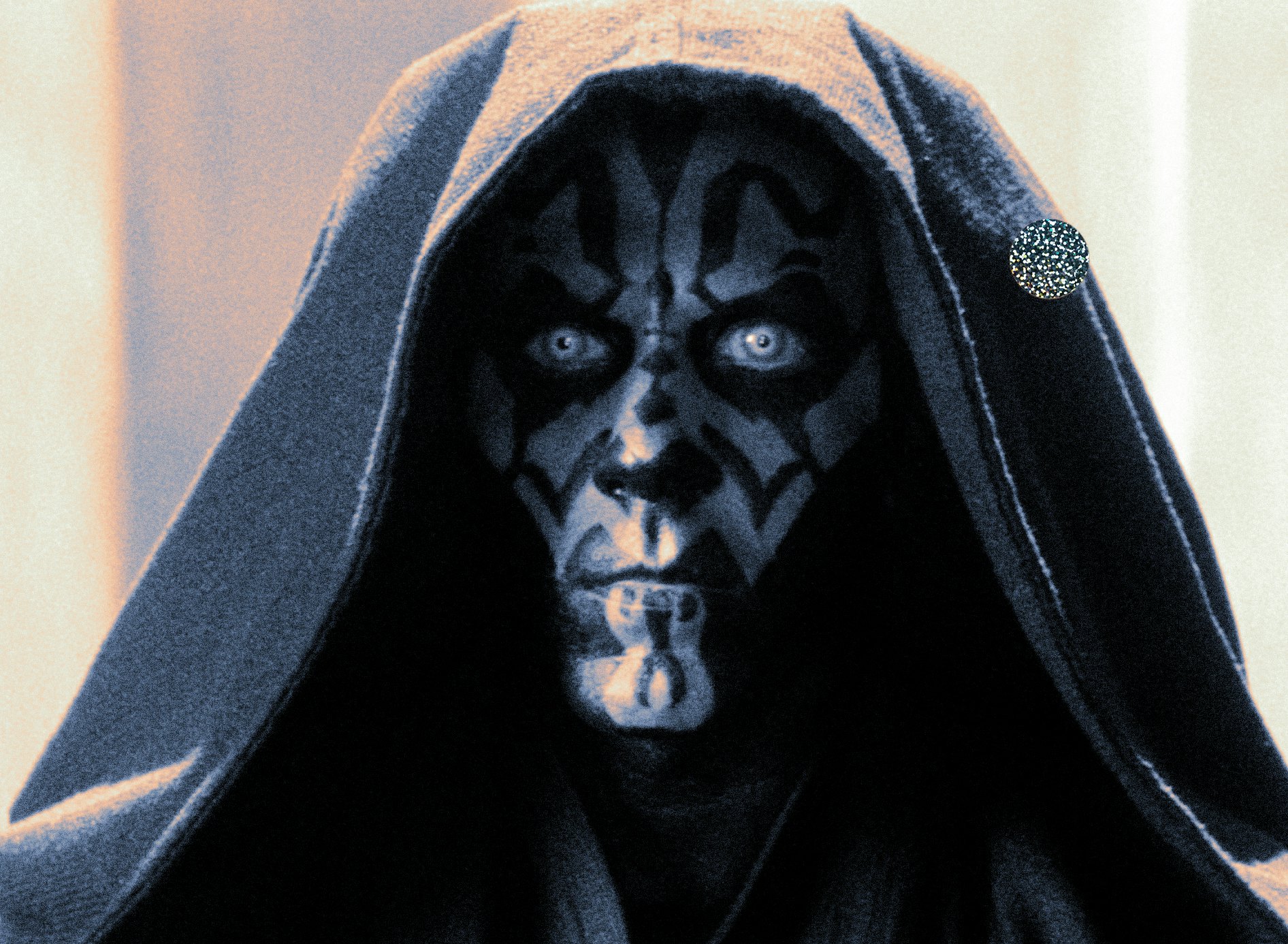
On Nov. 20, 1998, I drove 30 miles to the closest movie theater and bought a ticket for Brad Pitt’s Meet Joe Black to see a trailer for The Phantom Menace, the first new Star Wars movie since 1983’s Return of the Jedi. To say my anticipation was high would be a Death Star-sized understatement. Sitting in that theater and listening to John Williams’ iconic music, I got my first look at a brand-new, unnamed enemy with a red-tattooed face and a double-bladed lightsaber. “Who is that devil-looking guy?” I absolutely couldn’t wait to find out.
In popular consciousness, Darth Maul began as a character with an aura of mystique and a name that changed our understanding of Star Wars and the Sith forever. And when the movie came out, audiences were thrilled by him, but many felt his end was far too soon. Cut in half by Obi-Wan Kenobi, no one expected Maul to make a return to Star Wars, let alone become one of the deepest, most complex tragic figures in the entire saga. Here’s why, over 25 years later, we’re not over Darth Maul.
A New Darth
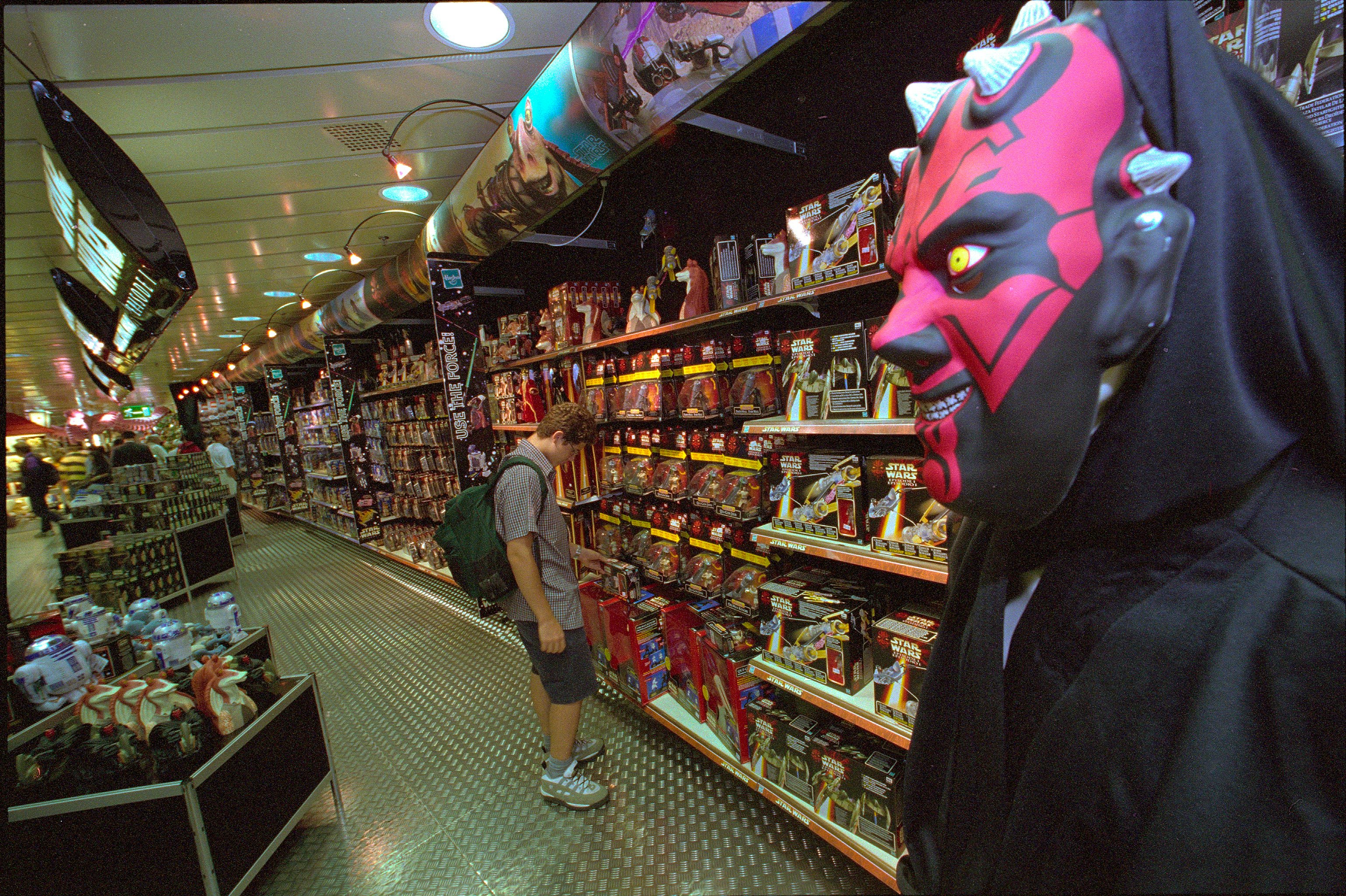
Darth Maul’s name first started to trickle out in marketing materials, but before too long, his face was on just about every package of merchandise released for The Phantom Menace. He was everywhere, from action figures and candy to wristwatches and Rubik’s cubes.
When his name was first released, fans realized that Darth wasn’t a name but some sort of Sith title. Our minds were blown — we’d never known why Darth Vader took that name on, and we’d never considered it could be anything other than his chosen first name, especially with the moment in A New Hope where Obi-Wan casually uses a first name-basis thing, insulting Vader by saying “Only a master of evil, Darth.”
Not that everyone loved the movie or Maul at the time. I won’t lie: Even though I left the theater after seeing The Phantom Menace for the first time feeling elated, I was shocked to find that some people didn’t like it. But one of the complaints I shared with the haters was that Darth Maul didn’t have enough to do. Played bodily by Ray Park and voiced by Peter Serafinowicz, Maul only had a few lines in his growling voice. He wasn’t there to talk, though, just to fight and look cool as a Sith attack dog. Darth Maul was a symbol for part of what Darth Vader would eventually become. But, the problem was, in The Phantom Menace, he seemed only like a metaphor, not a person. Obi-Wan cut him in half, and for over a decade that was the end of the story. Only it wasn’t.
Maul Strikes Back
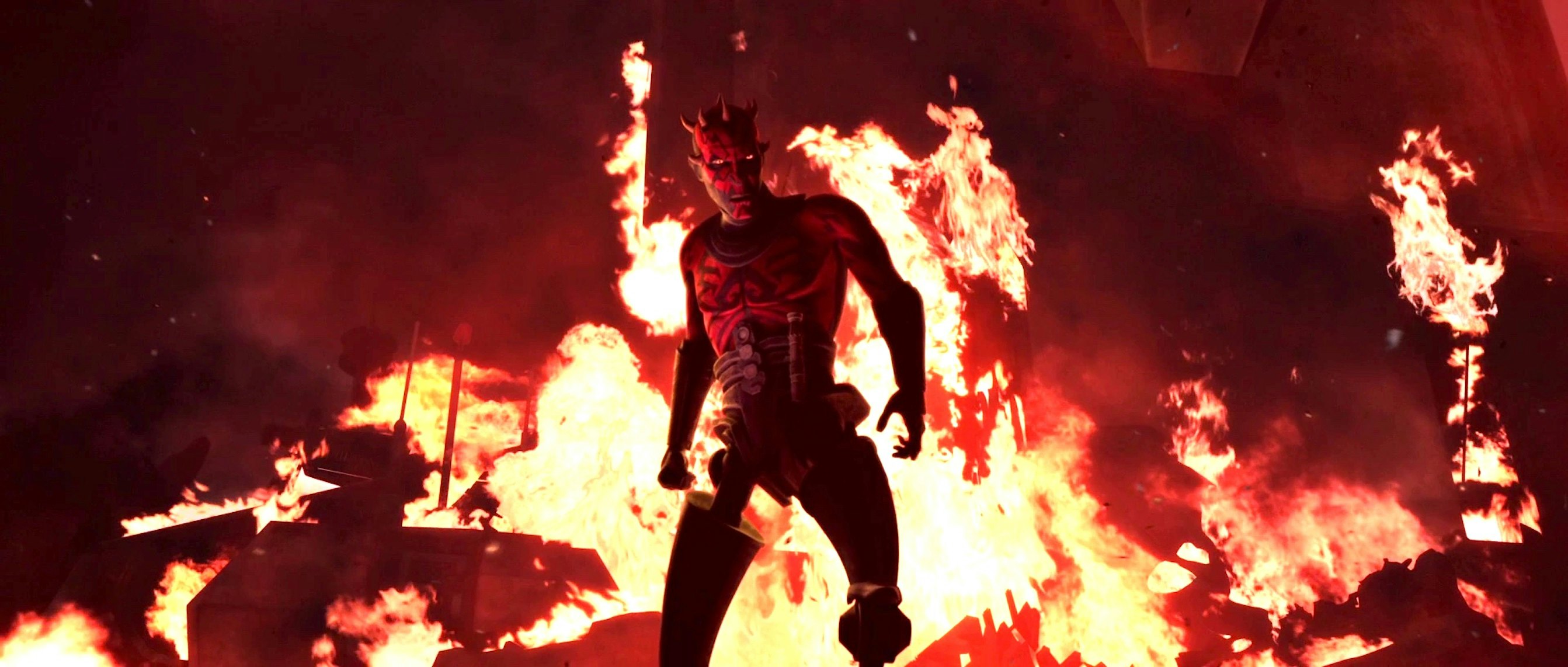
For a long time, it seemed Darth Maul would remain a shallow archetype, a tool merely to prop up the story of his master Darth Sidious, and a catalyst for the transformation of Anakin Skywalker. So, you can imagine everyone’s shock when, 12 years later, the animated series, The Clone Wars, revealed that, somehow, Darth Maul had returned.
Fans were skeptical, and they weren’t the only ones. So was Dave Filoni, then the supervising director of Star Wars: The Clone Wars and current Lucasfilm chief creative officer. On Feb. 24, 2012, Darth Maul returned in The Clone Wars episode “Massacre,” to critical acclaim. But, behind the scenes, the creative team was nervous.
Years later, at Star Wars Celebration in 2017, Filoni told fans, “We would be in a story meeting and [George] would often say stuff like ‘I've got an idea and you're gonna love it,’ and I thought, ‘Ohhhhh, that so seldom lines up.’ Then he said, ‘We're bringing Darth Maul back,’ and I said, ‘Really?’” When Filoni pressed Lucas to explain how Maul came back, Lucas said “I don’t know, you’ll figure it out.”
And figure it out they did.
A Dark Side Odyssey
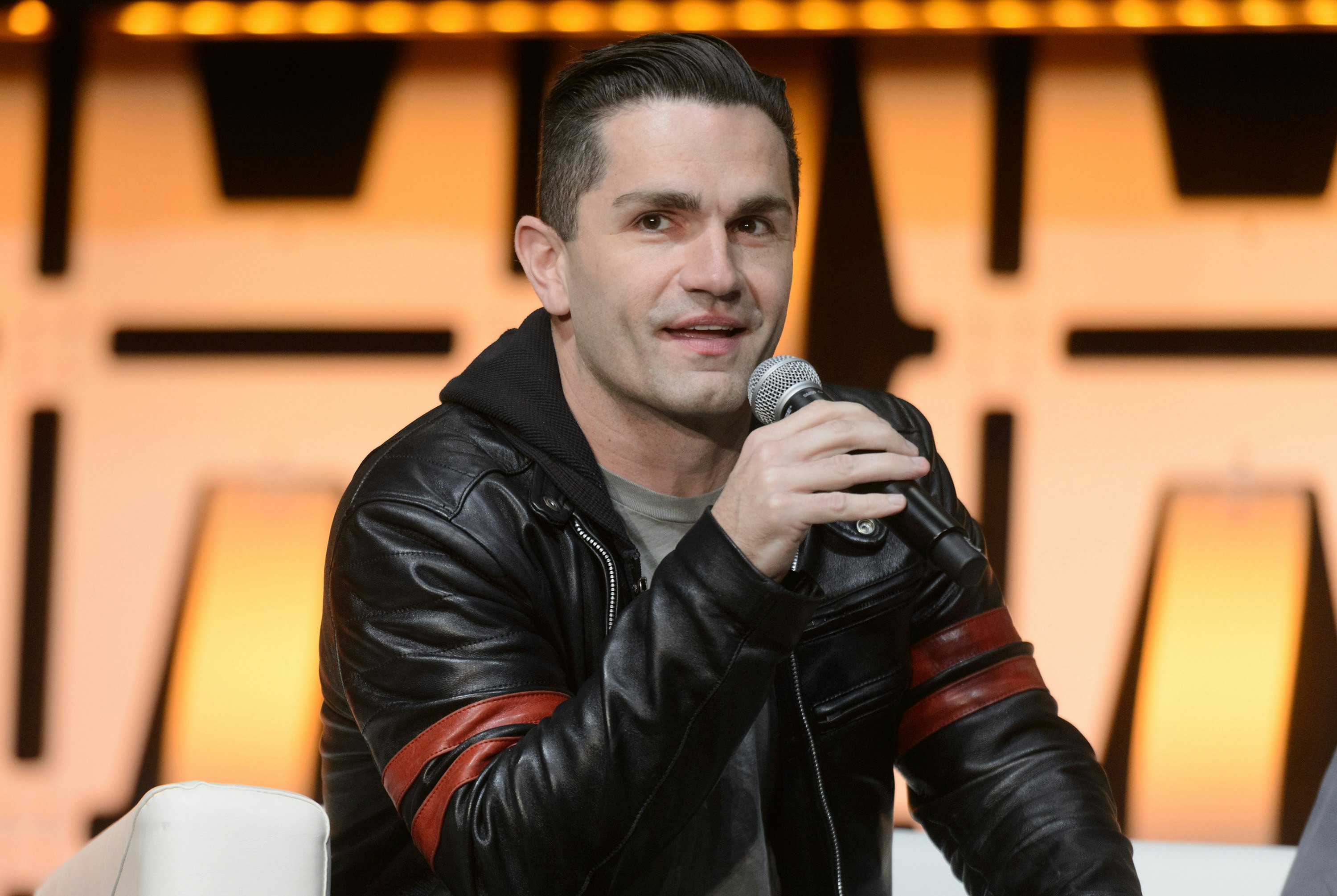
Darth Maul (voiced by Sam Witwer since 2012), fueled by his thirst for revenge, clung unnaturally to his life. With some unconscious effort after his mind had been lost and through the will of the Force, he cobbled together bionic spider legs and lived in a cave on a junk planet for more than a decade.
Star Wars: The Clone Wars also introduced us to Maul’s brother, Savage Opress (voiced by Clancy Brown). Showing us the journey of Savage through the Witches of Dathomir and mastery of the Force gave us a window into Maul’s own origins. After failing in his mission to get revenge against Count Dooku, Savage sought out his brother and brought him back to life. Upon regaining his mind, Maul is surprised to find that the Clone Wars have begun. So he sets out with two clear goals in mind. First, get revenge on Obi-Wan Kenobi. Second, build an army of his own to create a new front in the Clone Wars and establish his power base.
To that end, Maul takes command of Death Watch, a splinter group of Mandalorian terrorists, and grabs control over much of the criminal underworld in the Star Wars universe through his “The Shadow Collective.” With the Hutts, Black Sun, the Pyke Syndicate, and Crimson Dawn under his thumb, Maul was able to take over the entire planet of Mandalore, paving the way for what he hoped to be his final revenge against Obi-Wan Kenobi. But in a twist, Ahsoka Tano showed up to help liberate Mandalore instead of Kenobi, putting an end to Maul’s schemes — at least temporarily.
Maul’s Legacy
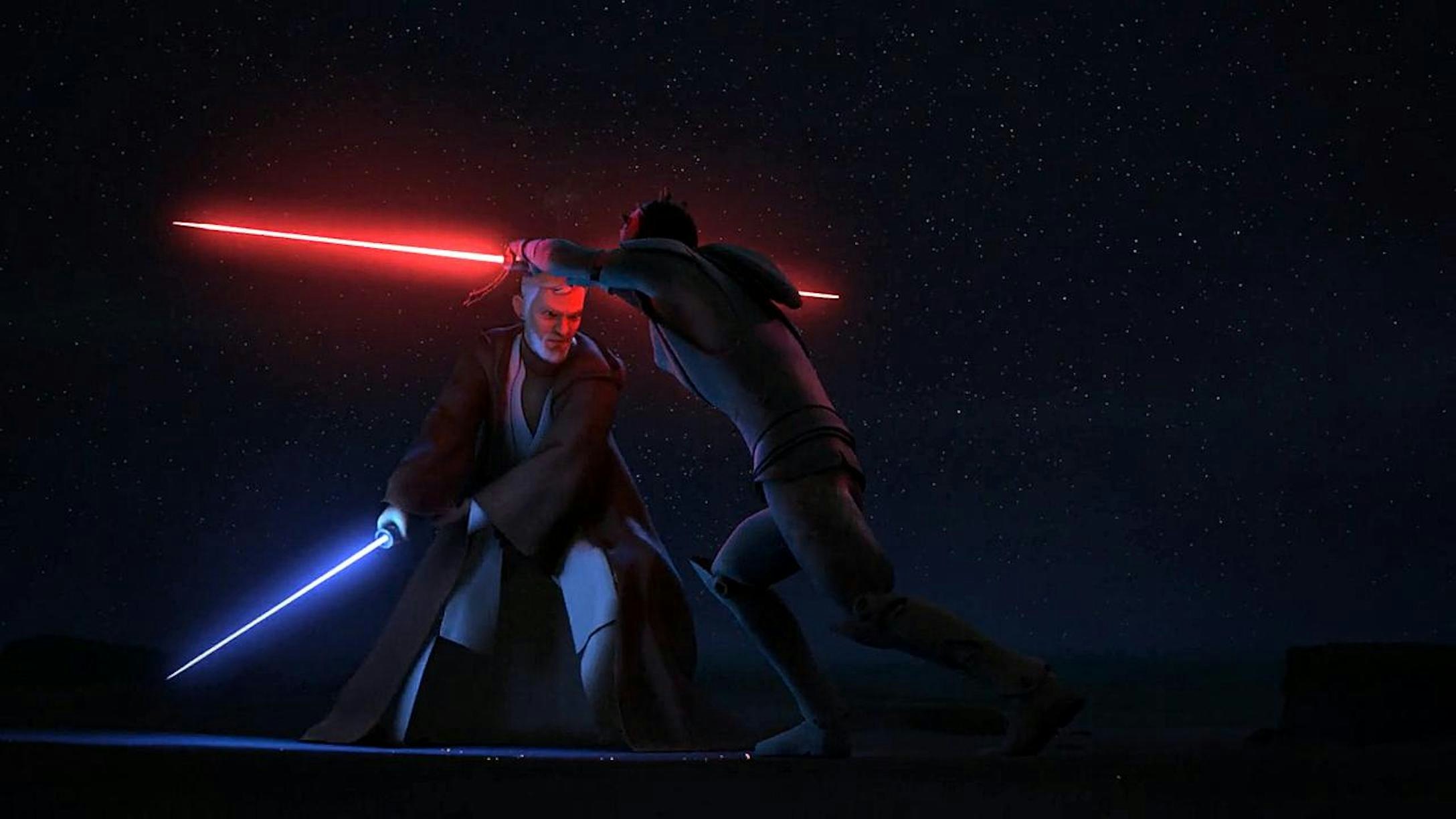
This initial resurgence of Maul deepened his character significantly. Instead of merely being an attack dog for the Sith, we saw that he had truly learned from his master, moving pieces on the board and creating new fronts in the war. He took after Sidious in more ways than that, with cold, calculating brilliance. He wasn’t as good at it as his former master, but he certainly gets an A for effort.
After the Clone Wars ended and the Empire rose to power, Maul receded into the criminal underworld, losing control of the Shadow Collective but retaining the Crimson Dawn — which is where we find him 10 years later in the final moments of Solo: A Star Wars Story. In a final twist seemingly meant to set up a sequel that never was, Ray Park reprised the role of Maul’s face for the film, with Sam Witwer taking over the voice in live-action this time.
Maul appears in the Star Wars timeline, again, in the animated series Rebels, set just a few years after Solo. Here, we meet an older, more mature Maul who introduces himself to the young Jedi-in-training Ezra Bridger as “Old Master.” Maul mostly serves as an antagonist to Ezra and the Rebels crew, even blinding their leader Kanan, but he also acts as a teacher of a sort to the young protagonist — even if that mostly means indulging Ezra’s interest in the power of the Dark side.
Ultimately, Maul found himself back on his quest for revenge, which led to the Rebels episode “Twin Suns,” one of the single greatest installments of Star Wars that I would stack up against any of the films. Here, Ezra Bridger is lured to Tatooine where he finds Obi-Wan Kenobi, with Maul stalking them both.
After Obi-Wan saves Ezra from the desert and sends him away, Maul makes his move. He mistakes Obi-Wan for a failed Jedi and a mere desert rat and engages him in a fight, not realizing until it’s too late that Kenobi is on a mission to protect young Luke Skywalker. In a stunning lightsaber clash, Obi-Wan Kenobi dispatches Maul and holds him gently, cradling his head just as he once held Qui-Gon Jinn’s. In these final moments, Maul realizes his mistakes and finds a kinship with Kenobi, finding some measure of peace but still hoping for revenge.
By extending Maul’s life by a couple of decades, Dave Filoni and George Lucas were able to bring depth and importance to his character that was barely even hinted at in The Phantom Menace, one deserving of the hype that trumpeted his first reveal in 1998.
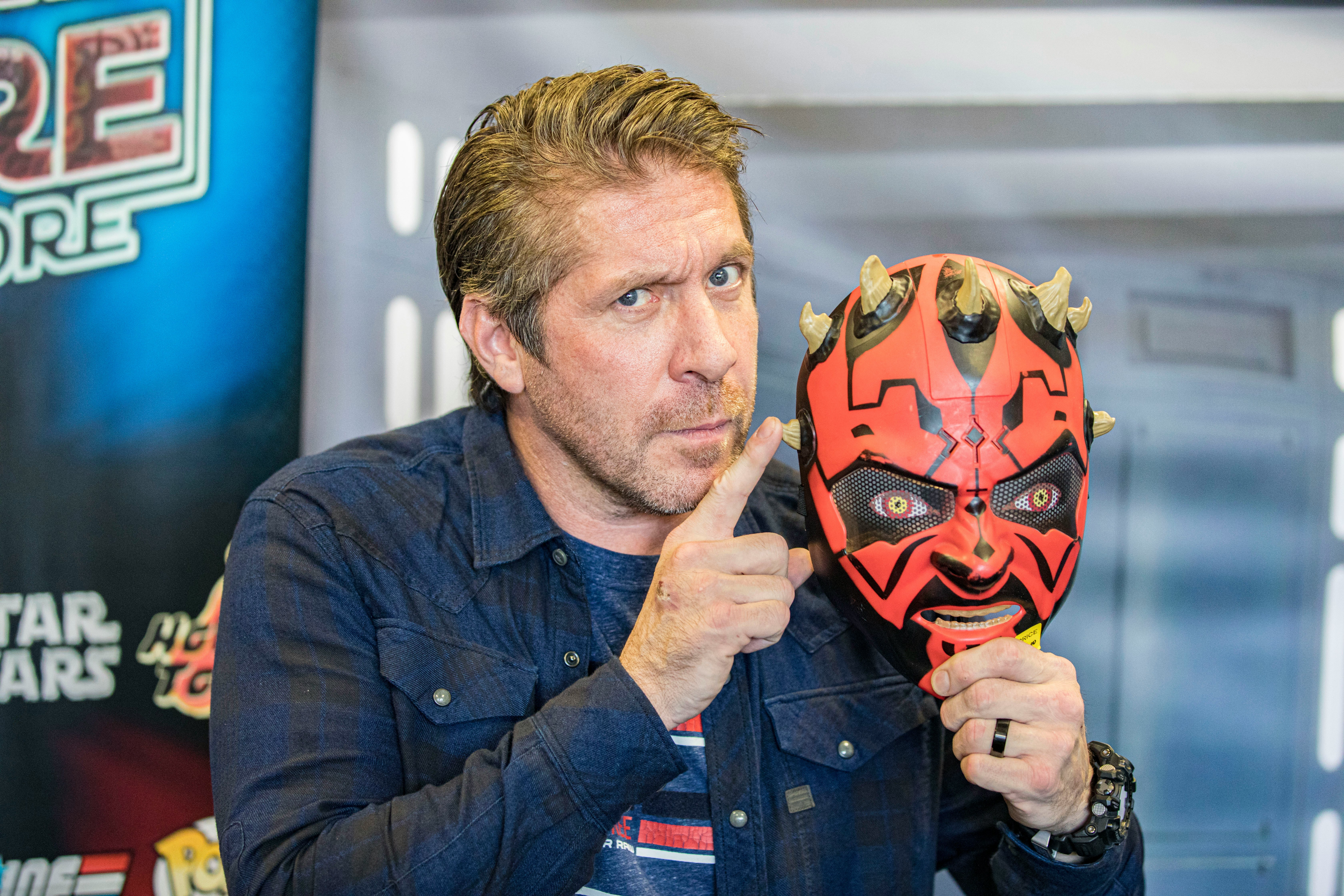
Today, newcomers to Star Wars no longer need to feel as though Darth Maul was given short shrift. They can experience the totality of his arc in a way that the original audiences of The Phantom Menace could have never dreamed of. Maul is an iconic part of the Star Wars legacy, as easily recognizable as Darth Vader. His face is synonymous with some of the finest composing John Williams did in the Star Wars universe, and his lightsaber duels are hailed as some of the best in the entire Star Wars saga.
Only a mad genius like George Lucas could give us a slow burn on a character like Maul (with some help from his disciple, Dave Filoni) and turn a literal throwaway character into one of the most complex figures in Star Wars, a victim of circumstance and rage.







